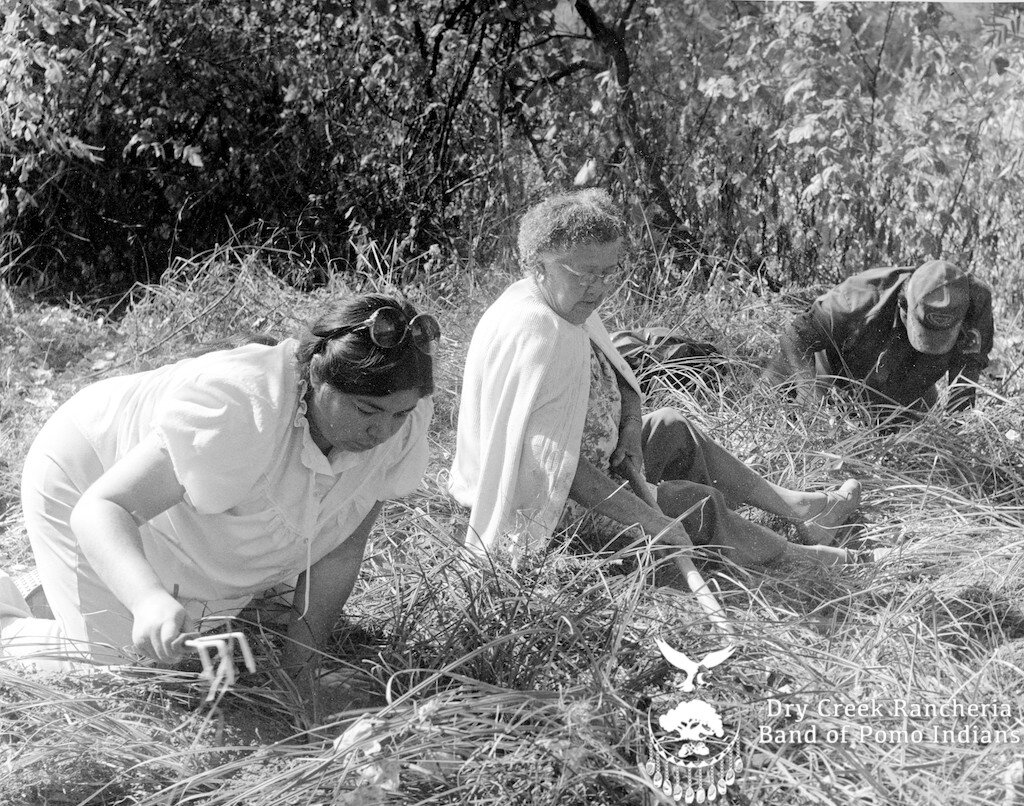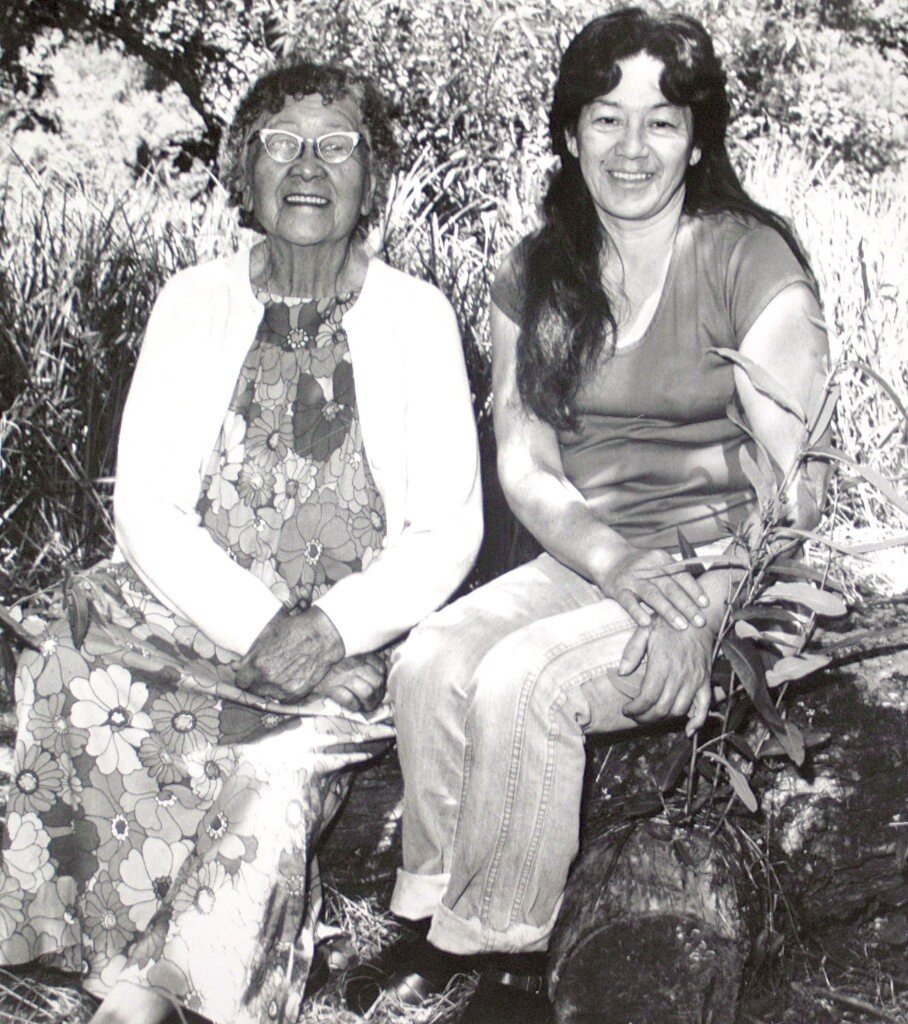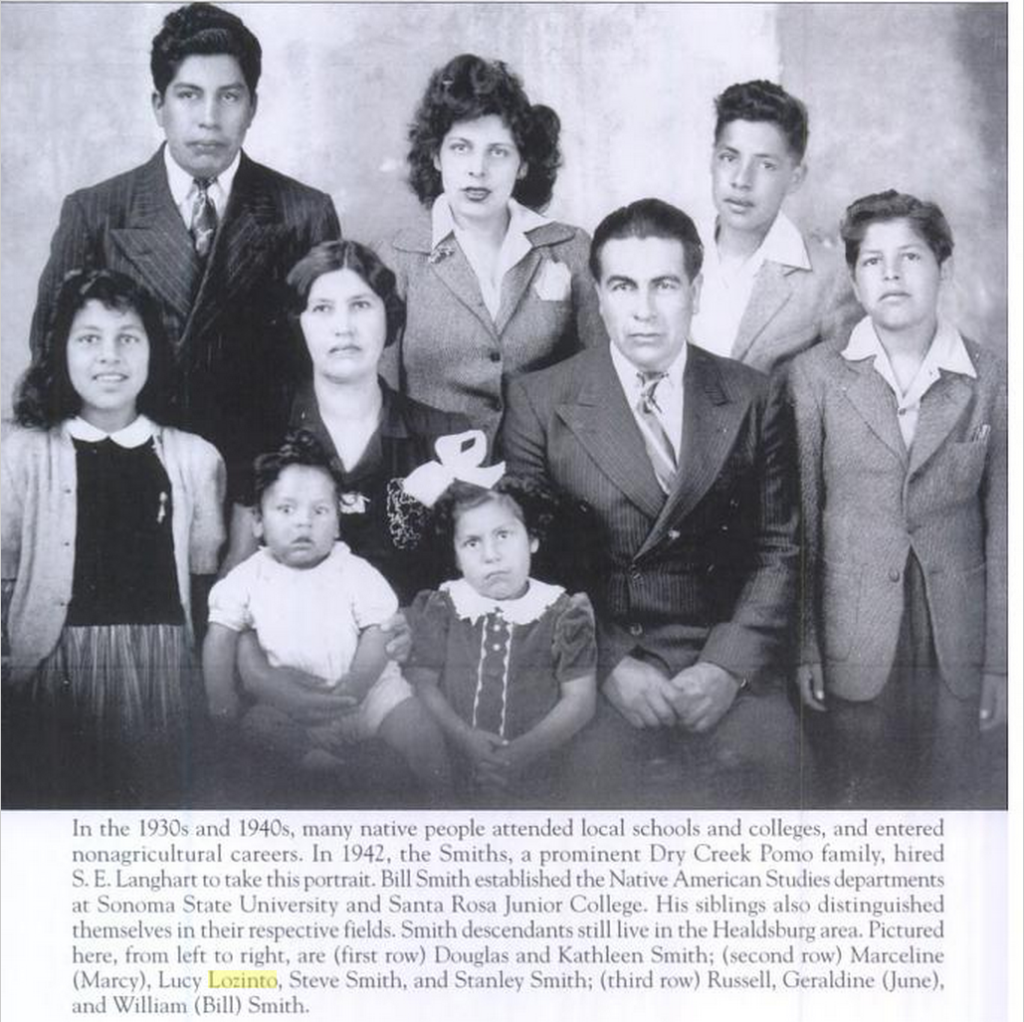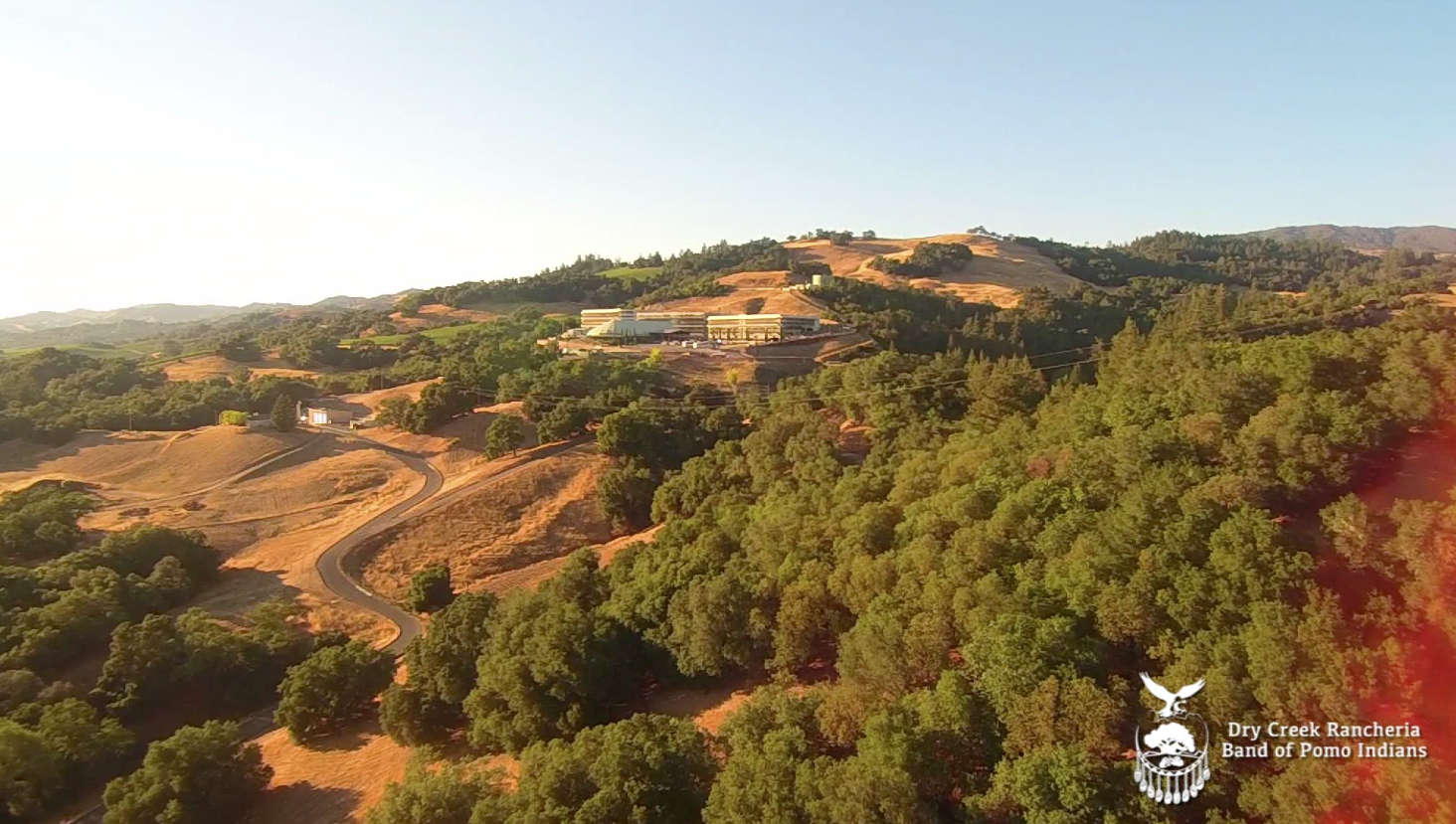History
Dry Creek Rancheria Band of Pomo Indians

Our History
The Dry Creek Rancheria Band of Pomo Indians is one of more than 20 independent communities that comprise the Pomo people. Ancestors of the Pomo people lived in the area of Sonoma, Mendocino and Lake counties thousands of years ago. Descendants of the early Pomo people continue as a Tribe in the Alexander Valley, and today are known as the Dry Creek Rancheria Band of Pomo Indians.
The hunting/gathering Pomos in the Dry Creek area historically used regional plants and game for food, including clams, fish and abalone collected on trips to the coast during summer. But their primary food source was acorns, which were gathered, stored, and processed throughout the season.
19th & 20th Centuries
In the 19th and 20th centuries, exploitation of the indigenous peoples in this region occurred first by the Russians, later by the Europeans, and then by American groups. The influx of new settlers to Northern California and the richness of the agriculturally valuable lands long home to the Pomo were key factors in the decimation of the Pomo people. California’s Indian population, once estimated at 330,000, dipped down to a mere 15,000 by the early 1900s. In the 1910 census only 1,200 Pomo were recorded.

Official Recognition
Official recognition of the Tribe as a sovereign nation occurred in 1915, when the federal government created the Dry Creek Rancheria and named the Tribe the Dry Creek Rancheria Band of Pomo Indians. The rancheria occupies 75 steep acres between Healdsburg and Geyserville off Highway 128 — a sliver of the Tribe’s historic land. Major ancestral tribal lands containing gravesites, former villages, and sites for gathering the sedge used in basket weaving were flooded by water from the Warm Springs Darn and Lake Sonoma in 1983.

Official Recognition
Official recognition of the Tribe as a sovereign nation occurred in 1915, when the federal government created the Dry Creek Rancheria and named the Tribe the Dry Creek Rancheria Band of Pomo Indians. The rancheria occupies 75 steep acres between Healdsburg and Geyserville off Highway 128 — a sliver of the Tribe’s historic land. Major ancestral tribal lands containing gravesites, former villages, and sites for gathering the sedge used in basket weaving were flooded by water from the Warm Springs Darn and Lake Sonoma in 1983.
Gaming
In 1999 the Dry Creek Rancheria Band of Pomo Indians and dozens of other Tribes signed Compacts with California Governor Gray Davis permitting gaming. The Dry Creek Compact with California was approved by the Assistant Secretary – Indian Affairs, U.S. Department of the Interior, in 2000. In 2002 the Tribe opened its interim facility which generates revenues that the Tribal Government has used to finance housing, education, health, administrative and other programs that benefit its members as well as residents and agencies in surrounding communities.

